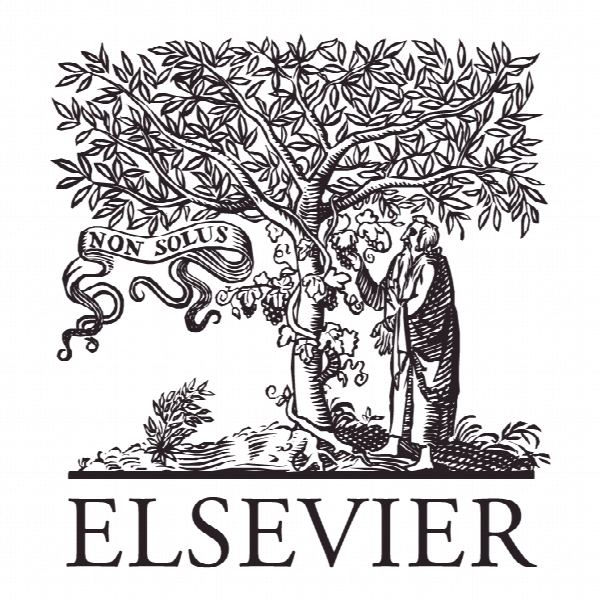اضطراب و لذت مسافرین: تاثیر محیط فرودگاه بر احساسات مسافر Traveler anxiety and enjoyment: The effect of airport environment on traveler’s emotions
- نوع فایل : کتاب
- زبان : انگلیسی
- ناشر : Elsevier
- چاپ و سال / کشور: 2017
توضیحات
رشته های مرتبط علوم فنون هوایی
مجله مدیریت حمل و نقل هوایی – Journal of Air Transport Management
دانشگاه گروه علوم انسانی، ایالتی اوهایو، ایالات متحده آمریکا
نشریه نشریه الزویر
مجله مدیریت حمل و نقل هوایی – Journal of Air Transport Management
دانشگاه گروه علوم انسانی، ایالتی اوهایو، ایالات متحده آمریکا
نشریه نشریه الزویر
Description
1. Introduction Being aware of recent technological advancements, contemporary air travelers have become more demanding in every way. Such demands have positively impacted airport architecture, encouraging experiential as opposed to utilitarian design. A standard in the airport industry is to “treat passengers as customers,” and to design the airport environment so that its atmosphere offers “a sense of place” (Gee, 2013). However, the positive trends in airport environment in the past few decades were accompanied with the increased threat of terrorist attacks that led to strict and invasive security measures (Beck et al., 2016). These measures can negatively affect travelers’ experience with the increase in wait-time, thus forcing airports to come up with creative ways to increase overall satisfaction with improved service, amenities and physical environment. Prior research suggested that the atmosphere of a service establishment helps service providers differentiate themselves from their competition (Kotler, 1973). Furthermore, several classifications of environmental stimuli have been established. Baker (1987), for example, identified three groups of environmental stimuli (ambient, design, and social factors) which strongly influenced customers’ perceptions of a provider’s image. Bitner (1992) proposed a holistic “servicescape” framework, composed of three environmental dimensions (ambient conditions, spatial layout & functionality, and signs, symbols & artifacts) to explain the relationship between service environments and participants in the service delivery process. Depending on the service context, servicescapes are traditionally identified as either “lean” (i.e., d“simple, with few elements, few spaces and few forms”) (p.58) or “elaborate” (Bitner, 1992). Although numerous studies have identified airports as “elaborate” servicescapes, servicescape dimensions have been largely evaluated based on service quality and passenger satisfaction questionnaires (Chang and Chen, 2012; Chen and Chang, 2005; Correia et al., 2008; De Barros et al., 2007). As a consequence, many studies have oversimplified Bitner’s framework. For instance, Fodness and Murray (2007) incorporated spatial layout and sign, symbols & artifacts dimensions into a single factor named effectiveness, thus excluding the ways ambient and aesthetic attributes contribute to customer perceptions of airport service quality. Jeon and Kim (2012) employed Baker (1987) retail environment variables to examine emotional responses and behavioral intentions in an international airport context. Because previous studies examined servicescape dimensions in the context of a single airport, they omitted to consider a variety of servicescape elements that contribute to the functionality, comfort, and attractiveness airports today. To address these limitations, the current study aims to develop a new framework of airport servicescape attributes and further examine the impact of different attributes on travelers’ reactions. Extant studies on consumer behavior suggested that customers often react positively to aesthetic characteristics of service environments such as color, materials, decor, and style ( Baker, 1987). While this state of enjoyment is associated with a reduction in perceived risk and stress (Chaudhuri, 2012), air travel is often considered a stressful experience (McIntosh et al., 1998). McIntosh et al. (1998) suggested that this stress is not only related to flight but also to poor airport organization and procedures. Adequately designed airport environments should potentially reduce a traveler’s anxiety and contribute to a traveler’s enjoyment. Because these emotional responses affect traveler satisfaction (HennigThurau et al., 2004) it is vital to reexamine the relationship between travelers’ emotional responses and satisfaction in the context of elaborate airport servicescapes. Therefore two main objectives of this study are to (1) develop an instrument to measure different attributes of the airport servicescape, and (2) test a model that includes the relationships among airport servicescape, travelers’ anxiety, enjoyment and satisfaction.


